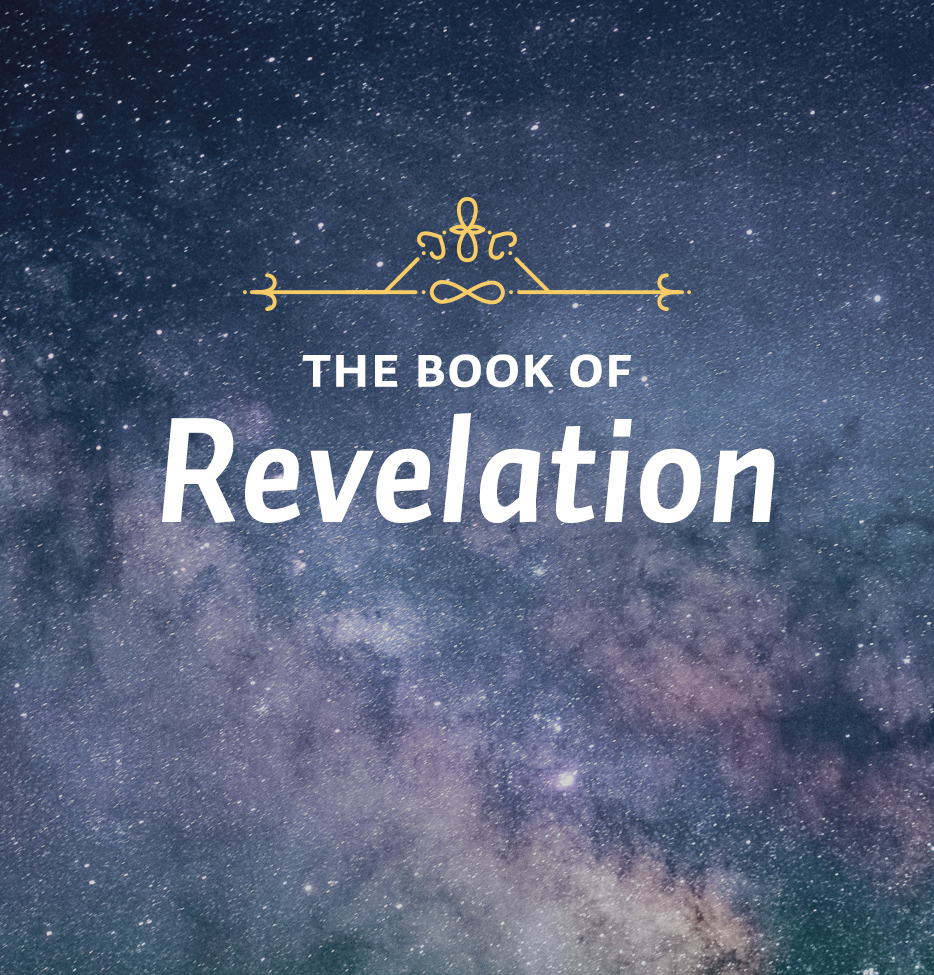When John Saw JesusRevelation 1:9-20Theme: The glorified Christ.This week’s lessons teach us who Jesus is and why he is to be worshiped. LessonWhat’s about to happen in this book is that John’s vision is going to open the eyes of those to whom he writes to a reality greater than their suffering. While he was worshiping and praying, he suddenly heard a loud voice that told him to write down what he was about to see and send it to the seven churches. The voice like the sound of a trumpet is like the voice that Moses heard on Mount Sinai. John is making us think about the Old Testament. He is intentionally placing himself within the prophetic tradition, and what he hears is the equivalent of the Law of God which was given on Mount Sinai.
When he hears the voice he turns around and sees these seven golden lampstands. That reminds us of the Old Testament, because there you have the seven-branched candlestick that was in the temple enclosure, which represented the people of Israel. The difference here is that these are separated candlesticks and they represent the universal Church.
He saw something else too. He saw standing in the midst of the circle of lamps, one whom he describes as being “like a son of man.” That’s the risen Lord Jesus Christ. But the description of Jesus as one “like a son of man” is borrowed from Daniel 7.
What’s important about these words is that, there in Daniel, there’s a description of one who is divine but is separate from the Ancient of Days or God the Father (Dan. 7:13-14). It’s a remarkable Old Testament paragraph and I encourage you to take a moment and read it. Here is the Ancient of Days being approached by a separate personality, the son of man, to whom are given divine honors. It indicates a knowledge, there in the Book of Daniel, of the Trinity, and it’s also a glimpse of the pre-incarnate glory of Jesus Christ. That’s what John sees.
In Daniel, this son of man exercises primarily the function of a king; he comes to rule with the Ancient of Days. In Revelation 1 this same figure is more of a priest because he’s standing among the lampstands, presumably tending them (that was the duty of the priest), but also a prophet because he’s about to give John a prophetic revelation.
When John turned and saw one “like a son of man,” he saw something unlike anything he’d ever seen before, and so he begins to describe it. These details are borrowed from the Old Testament, and they embody symbolic revelation. This is not a literal picture of what Jesus would be like if Jesus would come and stand here today as he is. This is what John sees in a vision, and these images are pointing back to certain things that teach us about what Jesus is like and what he has done. First of all, verse 13: he’s “dressed in a robe reaching down to his feet and with a golden sash around his chest.” That’s a close description of the angel that appears to Daniel in chapter 10 of that book, but the significance of the clothing is that it’s the clothing of the Old Testament priests. Jesus is being presented as a faithful and high priest, one who as priest made atonement for our sin by his death on the cross and who now lives to minister in the heavenly temple on behalf of his people.
Secondly, verse 14: “His head and his hair were white like wool, as white as snow.” That’s an obvious way of identifying Jesus with the Ancient of Days because it’s how God himself is described in Daniel 7:9. What it symbolizes is one who is ancient. The Ancient of Days has white hair, so that he was here from all eternity, and Jesus is identified with that One. Verse 14: “his eyes were like blazing fire.” It’s a judicial image. This was a judge, because his eyes, blazing like fire, were able to see everything.
Study Questions
What is the significance of the lampstands in Revelation 1?
Where did the expression “like a son of man” first appear in Scripture?
What is remarkable about the fact that “one like a son of man” was mentioned in the Old Testament?
What is symbolized by Jesus’ clothing and by his hair in Revelation 1?
Further StudyMake a chart comparing the imagery found in Revelation 1 with the imagery found in Daniel 7 and 10. What images are repeated in Revelation? How are they different? What images are unique to Revelation?






